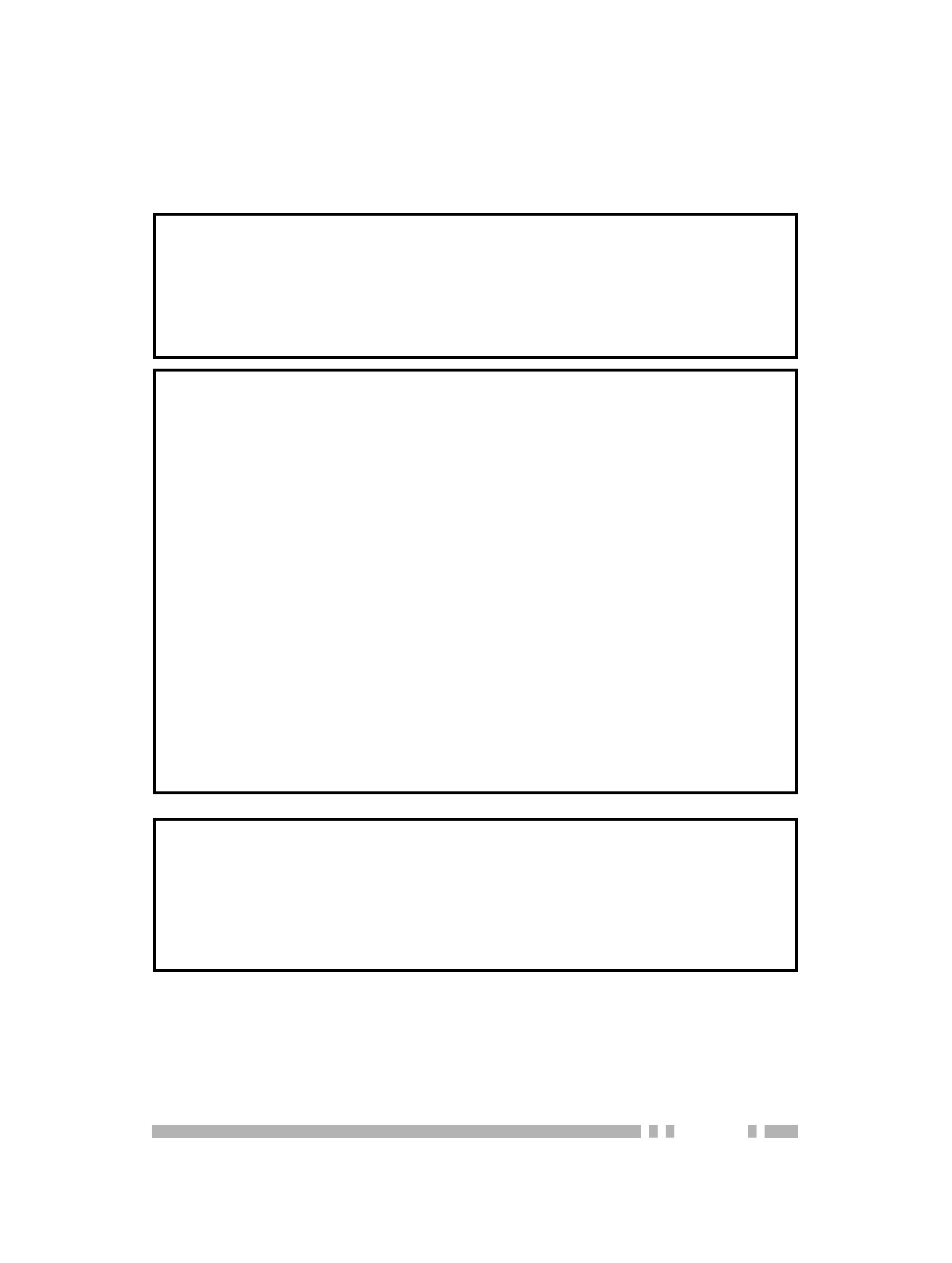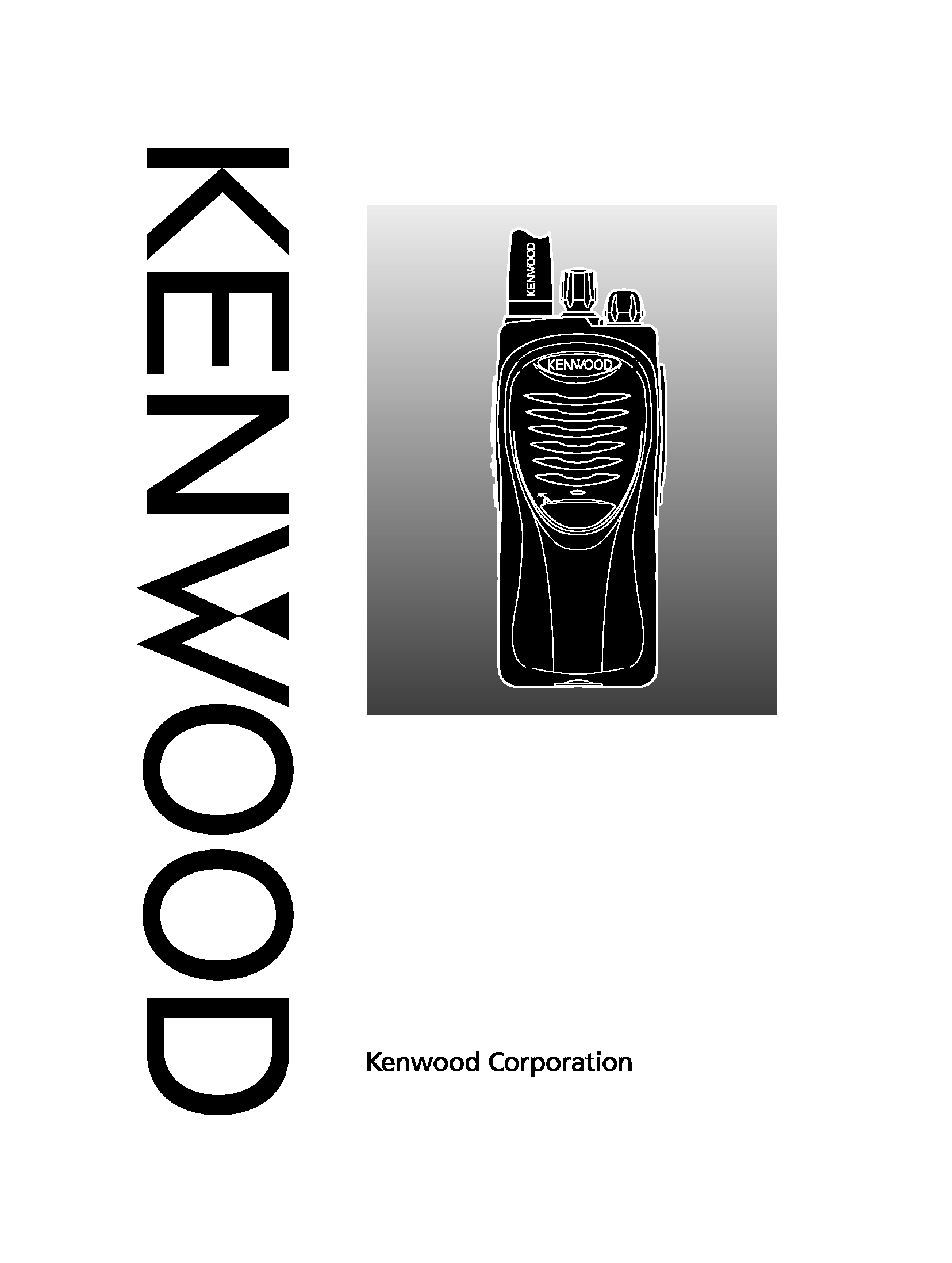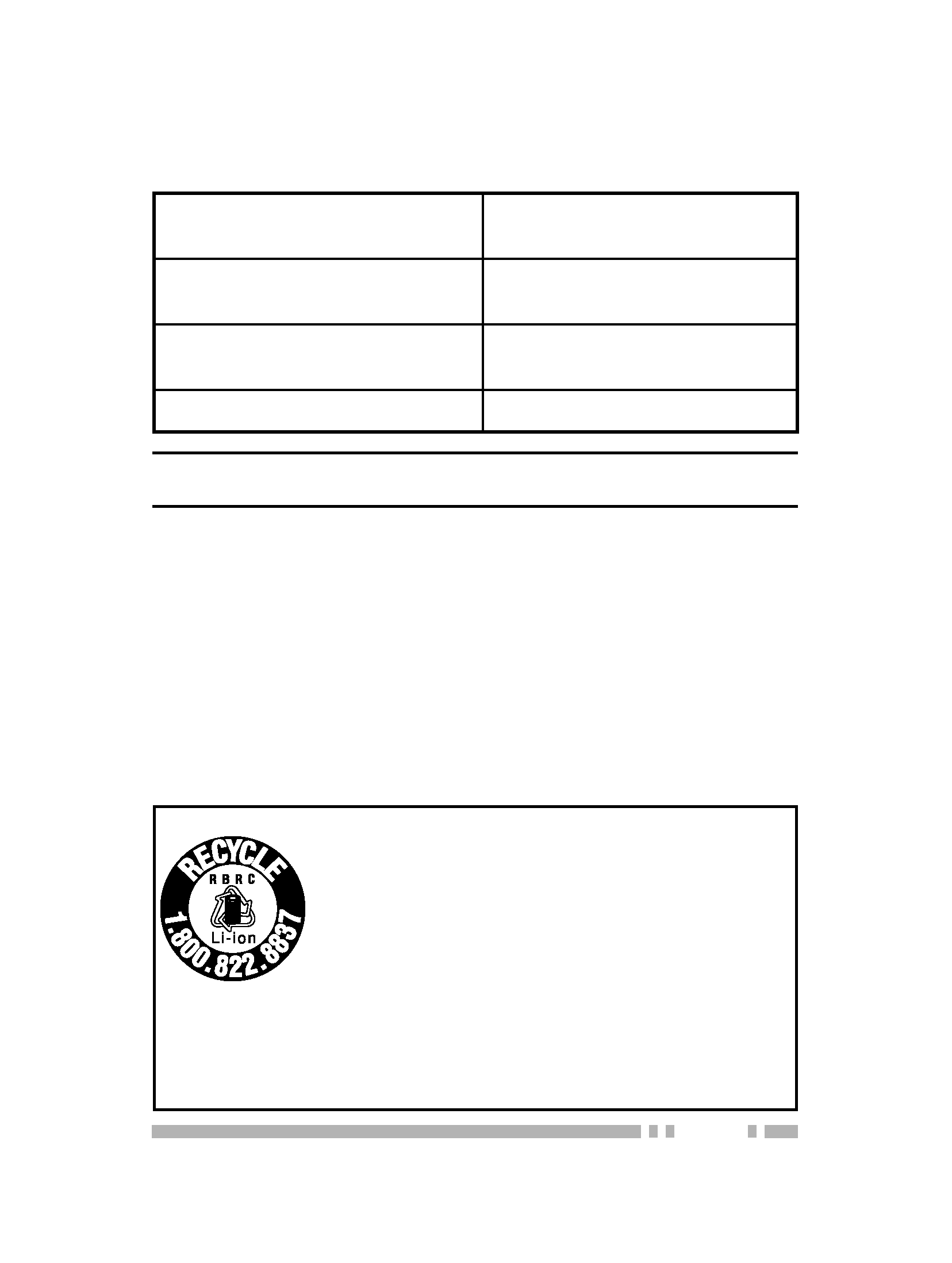
One or more of the following statements may be
applicable:
FCC WARNING
Ths equpment generates or uses rado frequency energy. Changes
or modifications to this equipment may cause harmful interference
unless the modifications are expressly approved in the instruction
manual. The user could lose the authorty to operate ths equpment
if an unauthorized change or modification is made.
INFORMATION TO THE DIGITAL DEVICE USER REQUIRED BY
THE FCC
This equipment has been tested and found to comply with the limits
for a Class B digital device, pursuant to Part 15 of the FCC Rules.
These limits are designed to provide reasonable protection against
harmful nterference n a resdental nstallaton.
Ths equpment generates, uses and can generate rado frequency
energy and, if not installed and used in accordance with the
nstructons, may cause harmful nterference to rado communcatons.
However, there is no guarantee that the interference will not occur
n a partcular nstallaton. If ths equpment does cause harmful
interference to radio or television reception, which can be determined
by turnng the equpment off and on, the user s encouraged to try to
correct the interference by one or more of the following measures:
·
Reorient or relocate the receiving antenna.
·
Increase the separation between the equipment and receiver.
·
Connect the equpment to an outlet on a crcut dfferent from that
to which the receiver is connected.
·
Consult the dealer for techncal assstance.
FCC REGULATIONS REGARDING THE USE OF THE
EMERGENCY CHANNEL
The communcatons must be for the purpose of solctng or
rendering assistance to a traveler, or for communicating in an
emergency pertanng to the mmedate safety of lfe or the mmedate
protecton of property.












